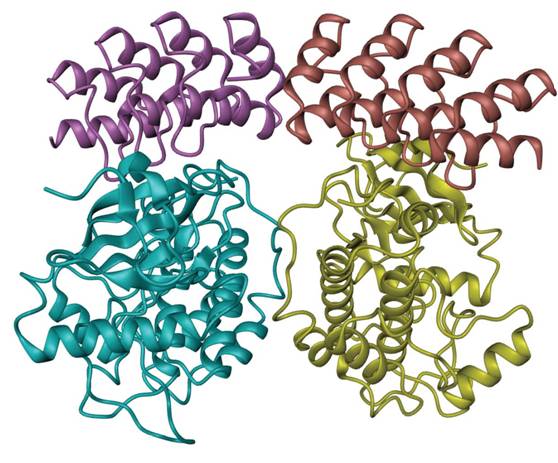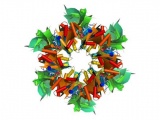 Research
Research
Structure-based drug design is a powerful tool used by the major pharmaceutical companies in the preclinical stage of the drug developing process. Our research focuses mainly on structural studies of relevant human drug targets such as chromatin remodelling complexes (e.g. RuvBL1/2), and human kinases (e.g. Polo-like kinase-1 , left image). Furthermore, our team is also focused on understanding the structural determinants of oxygen detoxification by the superoxide reductases family.
Structural and functional insights into chromatin remodelling – the dodecameric RuvBL1/2 molecular machine
A link between RuvBL1, RuvBL2 and cancer has been established in the last decade. Both proteins are known to interact with transcription regulators known to be involved in oncogenic pathways, such as β-catenin and c-Myc. RuvBL1 and RuvBL2 are overexpressed in several types of cancer, such as bladder cancer, melanoma, non-small cell lung cancer, gastric cancer and colon cancer. Therefore both proteins are not only of general interest for oncologists, but might also represent highly effective therapeutic drug targets. We are deeply interested in elucidating the molecular mechanism of DNA binding and helicase activity of the RuvBL1/RuvBL2 complex. We aim to understand the role of each monomer in the overall complex activity, and their mechanisms of regulation; and to elucidate how ATP hydrolysis correlates to DNA remodeling.
Structural studies on Polo-like kinase-1, a key player in mitosis and a well known human drug target
As a key regulator progression through mitosis, human polo-like kinase 1 (Plk-1), a serine/threonine protein kinase is a well validated drug target in cancer therapy. Plk-1 expression increases from the late S phase to mitosis, the phase when Plk-1 is most active. Plk-1 has been implicated in centrosome maturation, spindle formation, sister chromatid separation, promotion of anaphase onset and, finally, mitotic exit and cytokinesis. Plk-1 is known to be overexpressed in highly proliferating cells and in many human tumours, where this is often associated with a poor prognosis. It has therefore been considered to be a very attractive target for cancer drug development.
Structural determinants of superoxide reduction - A detoxification system essential for life
The goal of our research is to identify and characterize the structural determinants of the superoxide reduction mechanism, an important oxygen stress response system. We aim to understand the structural basis of the reaction and to correlate the 3D-structural information with the functional data. The reasons behind the specific activity of superoxide reductases (SORs) towards superoxide reduction, unlike superoxide dismutases (SODs), are investigated.





